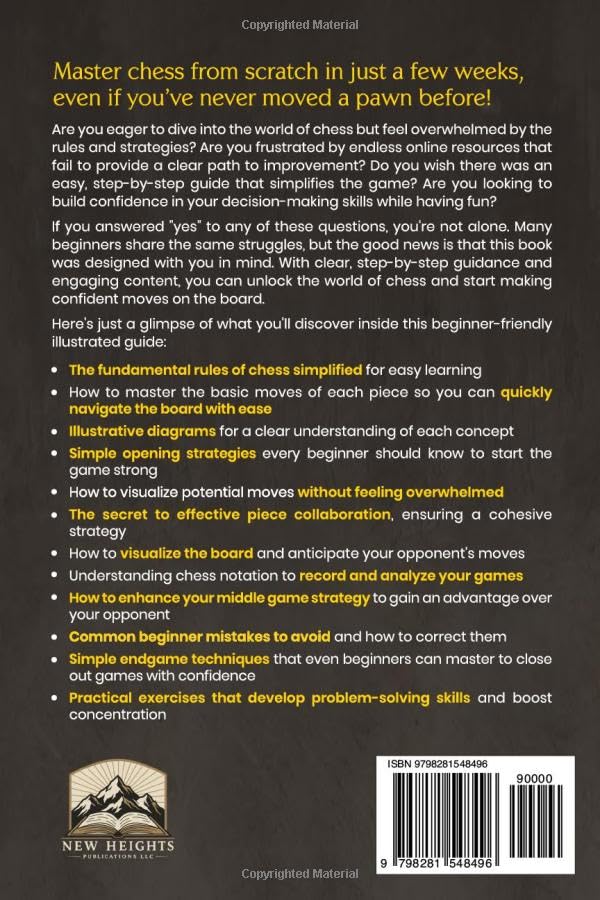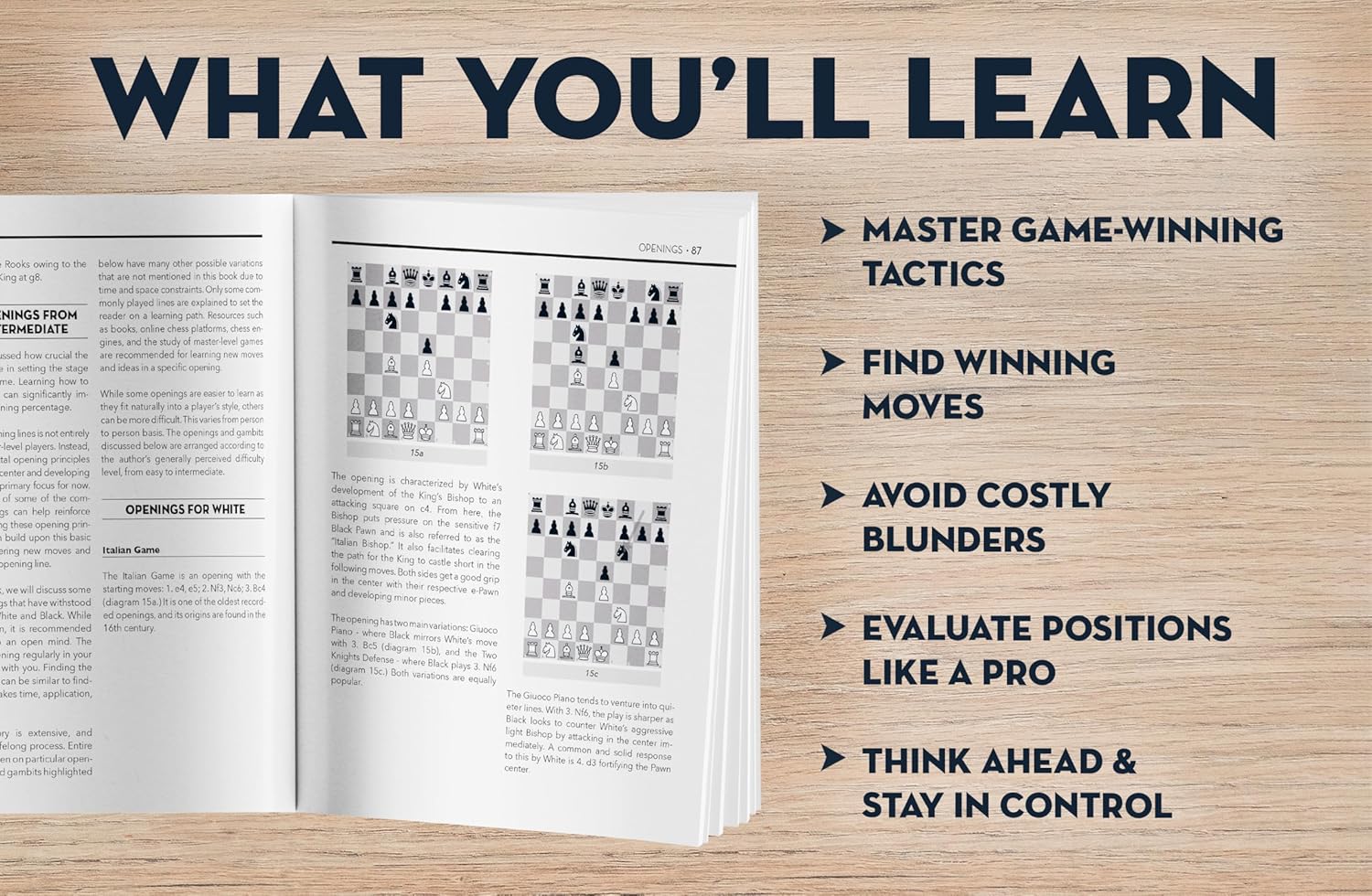Opening Principles Every Chess Player Should Know
ChessReviewPro Team
August 3, 2025
17 min read

The Strategic Foundation: Why Opening Principles Trump Memorization
While theoretical knowledge has its place, understanding core opening principles provides universal strategic advantages across all chess positions. These conceptual frameworks enable players to navigate unfamiliar territory confidently and punish opponents who violate fundamental positional laws. This comprehensive guide examines the seven pillars of opening mastery that grandmasters internalize through thousands of games, transforming abstract concepts into practical board control techniques.
Center Domination Mechanics
The central squares (d4,d5,e4,e5) function as the board's strategic nexus, controlling 64% of all possible piece pathways. Effective center control employs both direct and indirect methods: Pawn presence (e4/d4 structures) establishes physical occupation, while piece pressure (knights on f3/c3, bishops on c4/g5) creates latent control. The hypermodern approach demonstrates that indirect control (e.g., Nimzo-Indian setups) can rival classical occupation. Practical implementation: Calculate control index by counting attacks on central squares during opening moves, aiming for numerical superiority by move 10.
Development Sequencing Mastery
Optimal development follows the LPDO protocol: Light pieces (knights/bishops) before heavy pieces (queen/rooks), Pawn breaks delayed until development completes, Development before attack, and One-time piece mobilization. Grandmasters prioritize knights before bishops in 78% of games due to their shorter range. Critical principles: Avoid moving developed pieces unless forced (tempo conservation), and synchronize development with threats (develop with purpose). Development benchmarks: Both knights and one bishop developed by move 6, castling by move 8.
King Safety Engineering
Castling transforms the king from liability to asset through triple protection: pawn shield, piece coverage, and reduced attack vectors. Kingside castling (95% frequency among masters) offers faster execution and compact defense. Queenside castling provides strategic counterweight in asymmetric positions but requires precise preparation. Pre-castling protocols: Clear the f-file for kingside, b-file for queenside; establish luft (escape square) via h3/a3. Post-castling discipline: Never move castled pawns without concrete justification; maintain at least two defenders against attacks.
The Queen Activation Paradox
Early queen development creates triple vulnerability: Tempo loss from harassment, piece coordination disruption, and target fixation. Statistical analysis shows positions with premature queen development (before move 8) lose 23% more frequently. Acceptable exceptions: Forced recaptures, tactical necessities (e.g., Scandinavian Defense), or when controlling critical central outposts. Mitigation framework: When deploying early, ensure three escape routes and avoid opposition minor piece development zones.
Rook Synergy Protocols
Rook connectivity enables file domination and endgame superiority. The connection sequence: Castle → develop final minor piece → connect rooks via d/c-file. Effective rook deployment follows the 3F Principle: Open Files (control with doubled rooks), Half-Open Files (pressure against pawns), and Future Files (anticipating pawn breaks). Practical exercise: Diagram positions identifying optimal rook placement before move 15. Common error: Leaving rooks passive on original squares past move 20.
Pawn Structure Dynamics
Pawn movements create permanent structural commitments. Opening pawn principles: Maintain flexibility until development completes; avoid wing pawns before center control; understand pawn break implications. The structural trilemma: Every pawn move achieves either center control, development facilitation, or king safety at the cost of weaknesses. Key formations: Caro formation (c6-d5) anchors the center, while Stonewall (f5/e6/d5) sacrifices mobility for control. Pawn lever identification: Learn to spot future e5/d5/c5 breaks during opening play.
Harmony and Coordination Metrics
Piece harmony measures synergistic cooperation through: Coverage overlap (multiple defenders for key squares), Threat amplification (pieces supporting attacks), and Space efficiency (no piece redundancy). Coordination diagnostics: After move 10, evaluate pieces for mutual protection, central influence, and attack readiness. Common disharmony patterns: Bishops blocked by center pawns, knights obstructed by pawns, rooks disconnected from action. Training technique: Play 'coordination chess' - each move must improve two pieces' activity.
Opening Mistake Taxonomy
Classify and correct common errors: Chromatic development (same square color bishop deployment), Auto-pilot development (ignoring opponent threats), Pawn intoxication (excessive pawn moves), and Principle paralysis (dogmatic adherence ignoring tactics). Correction framework: When violating a principle, ensure three positional compensations (e.g., center control, development lead, king safety). Mistake recovery protocol: Identify violation → stabilize position → equalize before middlegame.
Practical Application Framework
Implement principles through decision trees: After opponent's move, evaluate center control → development status → king safety → piece activity. Create opening journals documenting principle adherence percentage per game. Training progression: Begin with principle checklists during play, transition to intuitive application, finally develop personal exceptions based on playing style. Statistical tracking: Measure opening performance via principle compliance score rather than result.
Grandmaster Case Studies: Principles in Action
Analyze Capablanca's model games showcasing perfect development sequencing. Study Karpov's center control techniques in Queen's Gambit structures. Examine Carlsen's modern interpretation of development principles in hypermodern openings. Notice how elite players occasionally violate principles only with concrete tactical justification.
Conclusion: Building Your Principle-Based Repertoire
Internalizing these seven principles creates an adaptive opening system transcending specific variations. Implementation strategy: Focus on one principle weekly (e.g., Week 1: Center Control), track implementation success, then integrate sequentially. Remember: Principles provide navigation tools while tactics determine immediate success. Your opening mastery grows when principles become subconscious evaluation criteria rather than conscious checklists.
Recommended Chess Books & Products
How to Win at Chess: The Ultimate Guide for Beginners and Beyond

Beginner Chess Made Easy: Illustrated Guide to Rules, Strategies & Confident Play


The First Chess Book You Should Read: From Beginner to Intermediate







Bobby Fischer Teaches Chess

Share this article with fellow chess enthusiasts!